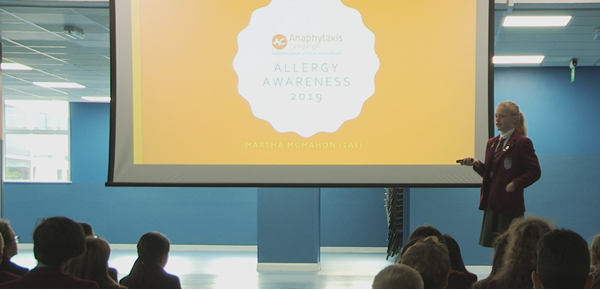The level of understanding and competence of the child needs to be assessed first in order for them to independently manage their allergy and carry their own emergency medication. Regular discussions with the school, parents/carers and healthcare professionals should be held to monitor this. Usually health professionals start offering training in how to manage allergic reactions and in the use of an AAI in children after 7 years of age.
The school should store the emergency medication on behalf of young children. It should be stored as part of an emergency kit.
In primary schools where the child does not move rooms often, the kit could be stored in the class, e.g. in the teacher’s shelf. It should be taken with the teacher or support staff member if the class moves far away from where the child’s kit is kept e.g. outdoor activities.
Transport between Home and School
Young children who can’t carry their own medication, must still have access to an AAI when travelling to and from school. The child’s own emergency kit should be carried by the parents/carers or left at school and pass it back to the parents/carers for transport to and from school.

The school should conduct regular audits of the emergency kit to ensure the medication is correct and in date. They should also send reminders to the parents/carers about this. It is recommended for the child's name and picture to be displayed on the outside of the kit where possible, for quick identifications in emergencies.



